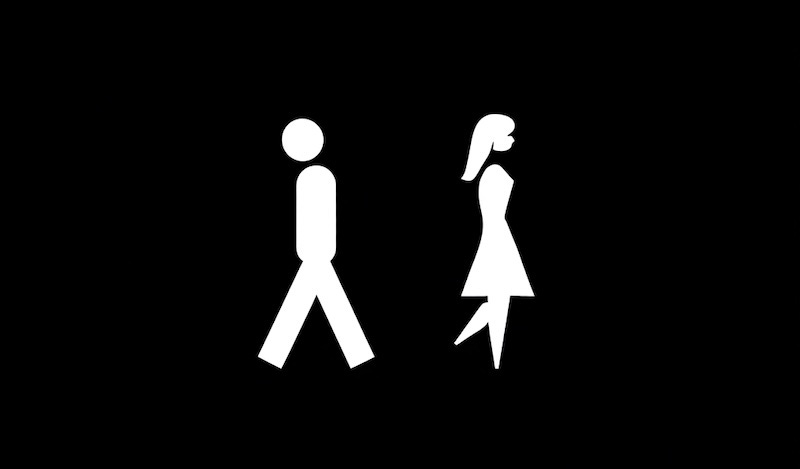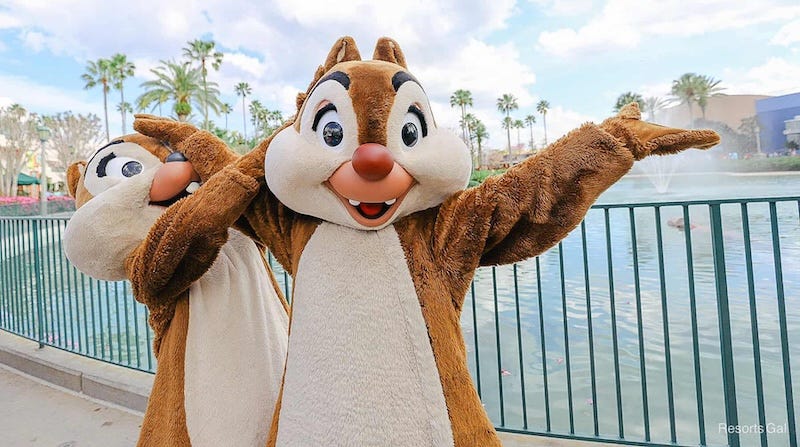332. The Disney Hug Rule, and Why Your Culture Is Screwed.
The Disney Hug Rule is an essential part of your Disney experience. As it turns out, the same principle applies to your leadership.
This is The Best Leadership Newsletter Ever, the most fun way to learn life’s leadership lessons.
My name is Jeff Matlow. I help leaders solve big problems fast.
It’s not easy becoming a theme park Disney character.
In fact, less than 2% of people who apply get accepted for the job. To put this in perspective, this means that it's almost twice as hard to become Goofy than it is to get into Harvard, Stanford, or Yale.
If you’re one of the lucky few to become a Disney character, there is a whole mouse house of rules that you have to follow. Don’t worry, I won’t list them all. I mostly just want to talk about the one Disney character rule that has always seemed extra special to me. It’s this one:
When a guest hugs you, you never - ever - let go of the hug first.
If that kid wants to hug you for an hour, you better bet you’ll be standing there overheated in your fluffy furry suit hugging that child until your legs cramp up and your arms fall off.
You need to keep hugging that kid until they - and they alone - decide that the hug is done.
It sounds sweet. It is sweet.
It also should be a rule that everybody follows in life.
And we are going to start with your work life.
Let me explain.
Don’t Let Go First
Imagine you’re the kid going to Disney World for the first time. You finally see Mickey or Elsa or Pooh, or whichever character you adore the most. When you see them, you are in awe. They are larger than life, and they’re headed your way with a smile on their face and a hug ready in their arms. You’ve imagined this moment for weeks. You’re excited. You’re overwhelmed. You're in a fragile state of emotionality.
Then you hug them.
And suddenly everything is good in the world.
You feel safe. You feel secure. There is nothing that matters at that moment as much as that hug.
But then imagine, just as you’re relaxing into the calm, that character pushes you away. Just as you’ve let down your guard, they walk away from the hug and leave you lonely and lost.
Poof.
It’s over before you were ready.
You’re gonna be pretty darn disappointed. Maybe you’ll wonder what you did wrong. You’ll wonder if they even liked you. Maybe you’ll even start crying.
Hold on to that feeling. It’s time to bring this scenario into your workplace.
The Disney Hug At Work
You’re a leader. Yay you.
People look up to you. They trust you.
One day, one of your people walks into your office, closes the door, and sits down. You can tell something’s wrong. They begin to open up about a challenge they’re facing.
The challenge isn’t what matters as much as the fact that you’re the character they sought out to find comfort.
As they’re talking, you look at your texts. Maybe you glance at your email. You want them to go faster, so you interrupt them or maybe - gulp - you just dismiss them and move on.
If you were dressed as Daffy at Disney World and you exhibited that behavior, you’d be so completely fired.
The business version of the Disney Hug Rule is simple: don’t break the emotional moment until the other person is ready and does it first.
The best leaders don’t rush the proverbial hug. They open their proverbial arms and embrace the emotions.
They make sure their team feels seen, heard, and safe before they move on to something else.
You are a leader, that’s your job.
Keep in mind, every Disney Hug moment doesn’t have to be a one-hour conversation. In fact, a 30-second check-in while passing by someone in the hall can be a highly effective Disney hug moment.
And that brings us to the 5:10 rule.
The 5:10 Rule
This is another gem of a rule that I recently learned from my friend Gerry. It’s called the 5:10 Rule, and here’s what it means:
Whenever you pass within 10 feet of someone, you should always smile, nod or give some sort of basic acknowledgement.
But when you pass within five feet of someone, it is your duty to always say hi. Not just a nod. Not just making eye contact. You need to use your words. Move your mouth. Speak.
I know, it sounds basic. It seems like a simple thing that humans should do, right? But most humans don’t. At least we don’t do it consistently.
But you’re going to change that, aren’t you?
Here’s what I want you to do.
Next time you’re in your office or at a communal work space, walk around. Pay attention to the reactions you get when you pass people. I guarantee that half the people won’t even look up when you pass them by.
You’re going to change that.
Keep in mind, this isn’t just about being kind. Though it is about being kind.
The 5:10 Rule is about creating important micro-moments of connection. A positive company culture is built on these consistently positive micro-moments.
Happiness is in the details.
Sure, all-hands meetings and leadership off-sites will help boost morale. But those types of activities are temporary tactics - the feelings fade away after hours or days.
That’s why these micro-moments are critical. That’s why the 5:10 Rule is important for your company.
Just five seconds of genuine presence, consistently applied, will create the type of meaning and connection that leads to greater happiness and increased productivity.
Remember, building a positive culture isn’t what you preach. It’s what you practice. So start practicing the 5:10 Rule.
Your Challenge: Hug Like Mickey
Here’s the bottom line - I’m not telling you to wear a Disney costume to work in order to follow the mouse house rules. I mean, I think it’d be awesome if you wore one. May I suggest Chip or Dale. But a costume is not required. Here’s what is:
Stay present in hard conversations until the other person truly feels heard
Make room for the emotions. Create a space where people feel safe opening up to you
Be an active listener until the other person stops hugging first. Proverbially, of course
Smile at 10 feet, say hi at 5
Create micro-moments of connection
Remember, you’re the leader.
It’s time to put on your cartoon costume and act like it.
⸻
Want to build a stronger culture with less BS?
Subscribe to The Best Leadership Newsletter Ever.
I don’t do fluff. I do funny, useful, and deeply uncomfortable truths (the good kind).
Join all the leaders who are on the path to promotion.
Sign up for The Best Leadership Community Ever
How good is your leadership?
Take the free assessment
Subscribe to The Best Leadership Podcast Ever
YouTube
Apple
Spotify
or your favorite podcast player.








Great take on the Disney hug rule. I agree with what you’ve said and it’s always confused me why people who don’t want to interact with their teams become leaders in the first place.
Probably because of status and money - it’s a shame that roles with no direct reports aren’t valued as much as leadership jobs.
And ironic, when the more people in the team, the more the leader gets paid and then those leaders don’t speak to their teams.